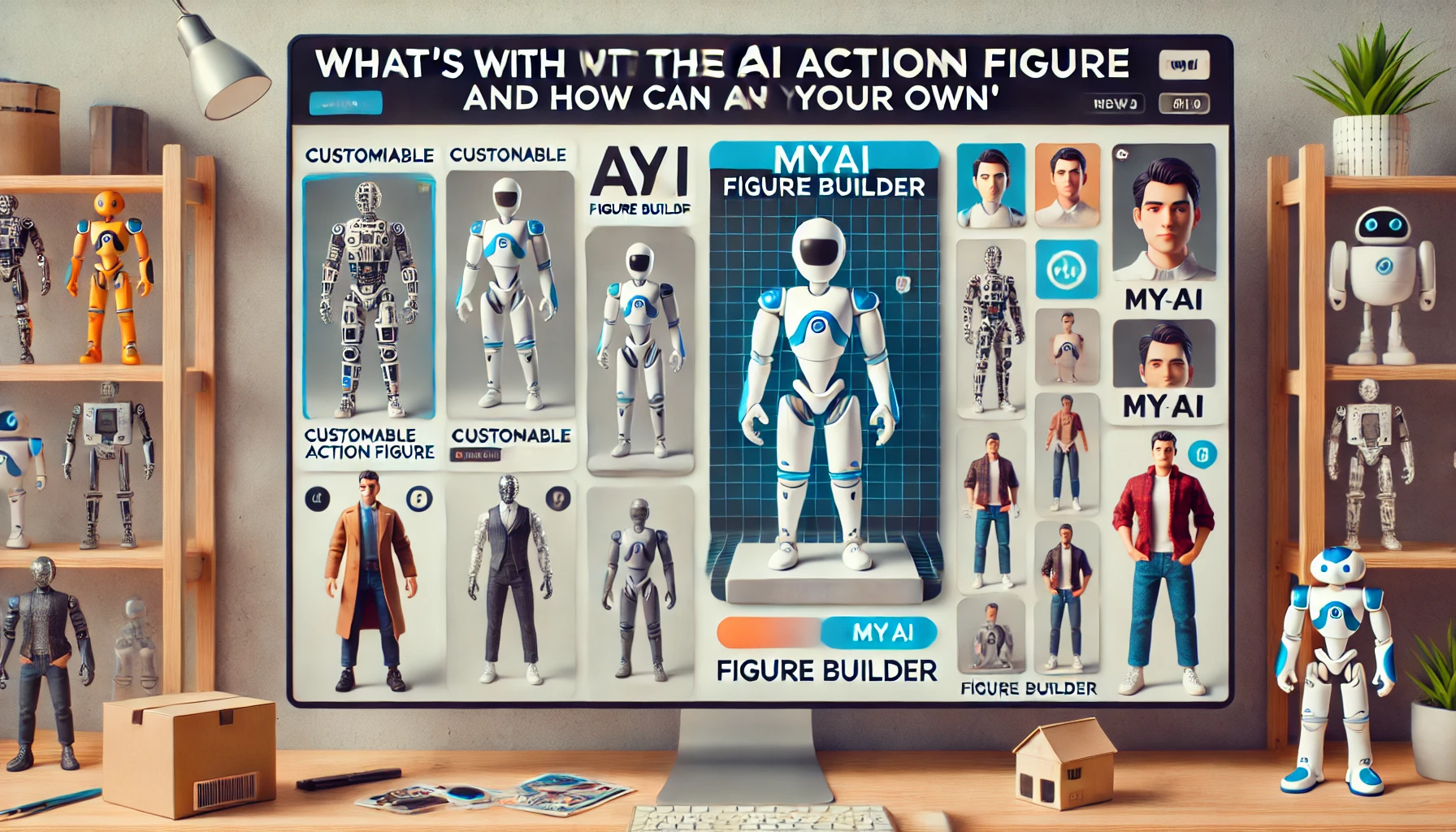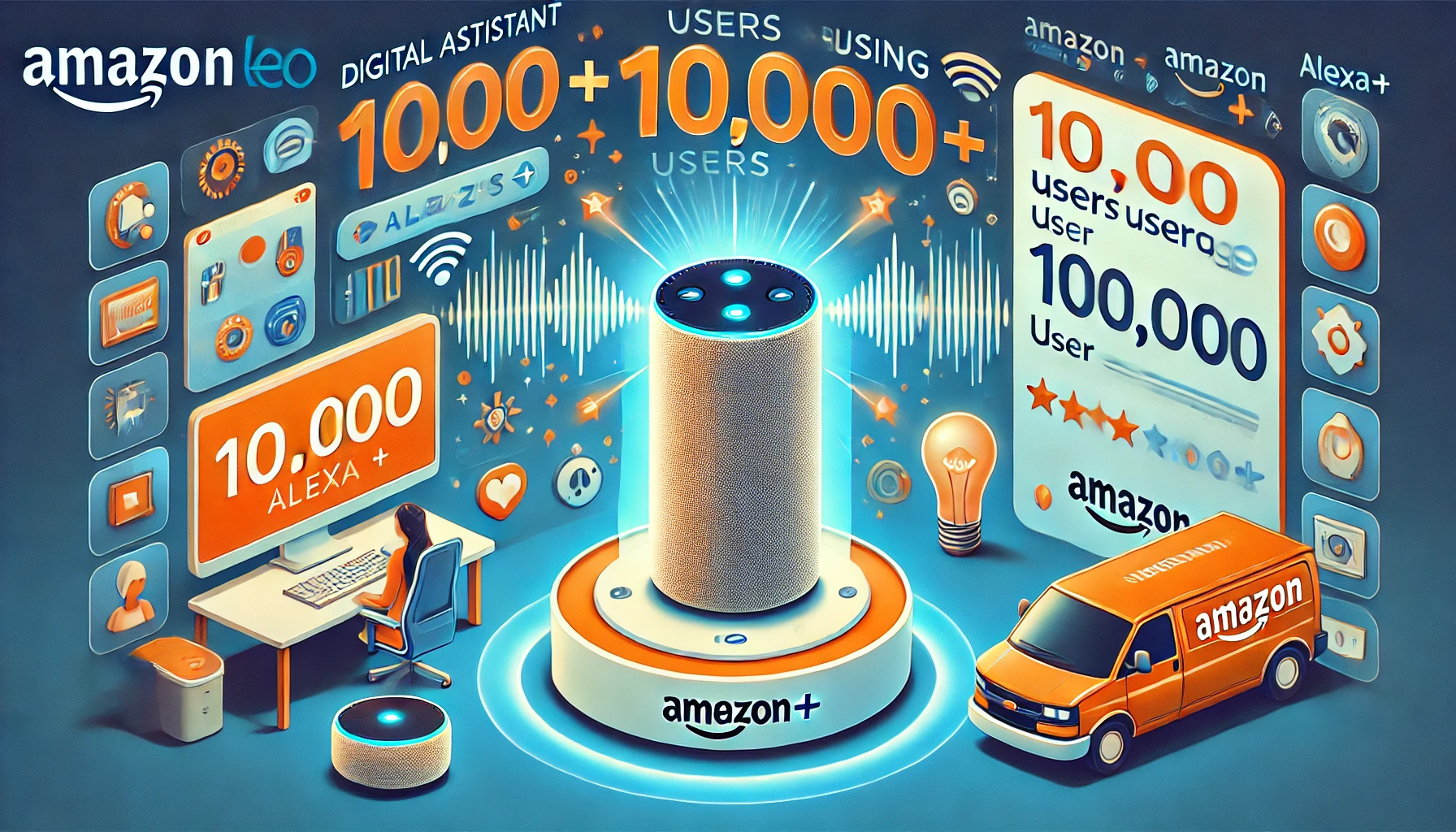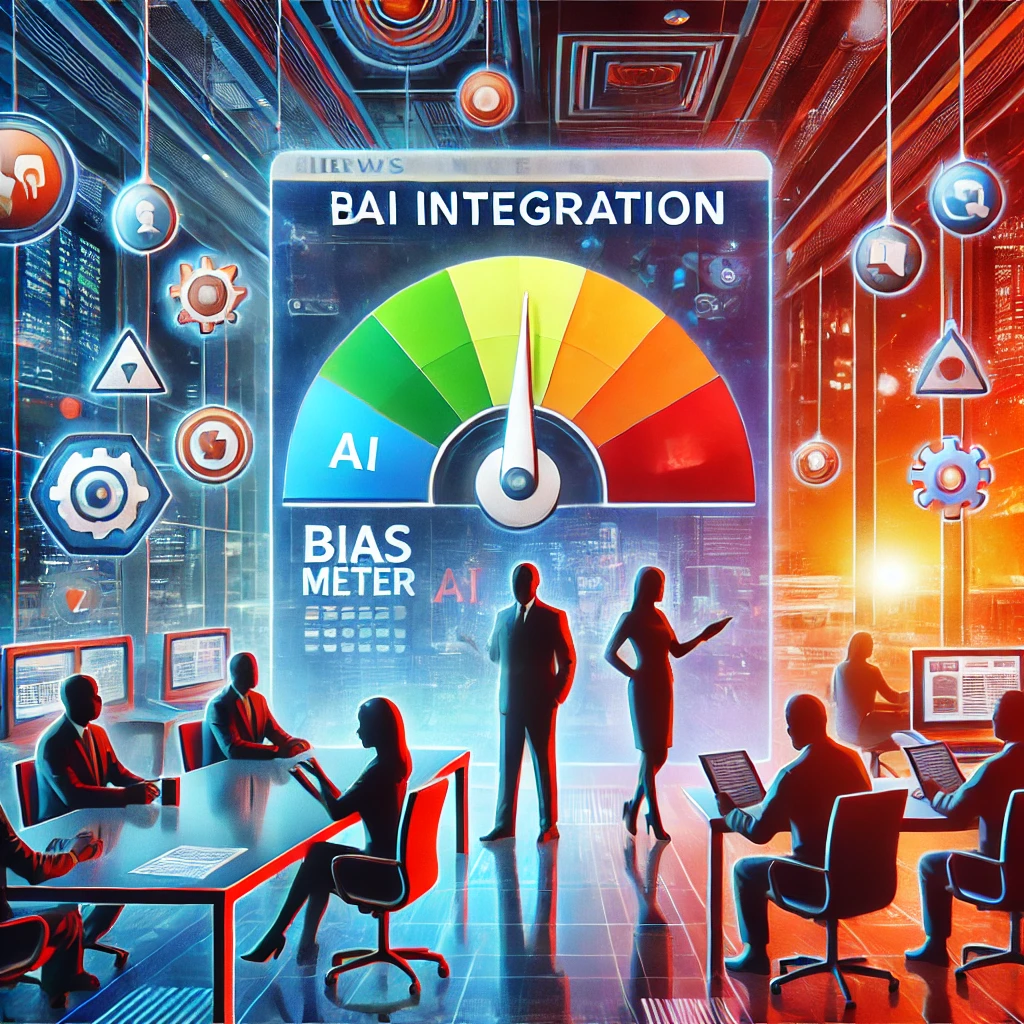Social media users have been uploading photos of themselves to AI tools to see what they’d look like as dolls or action figures — and then sharing the results for fun.
How can I make an AI action figure?
The trend centers around AI image generators such as OpenAI’s DALL-E and Midjourney, which can transform a simple selfie into a stylized, doll-like portrait. Users often appear with oversized heads, glossy eyes and plastic-like skin textures — mimicking the look of toys, collectibles or animated characters.
The posts are largely playful, often using hashtags like #AIbarbie, #AIactionfigure and #StarterPack. Some show users styled as fashion dolls, while others resemble characters from superheroes or sci-fi universes.
To create your own AI action figure, first decide on the style you want — whether realistic, cartoonish or inspired by iconic toy lines like “Barbie” or “G.I. Joe.” However, keep in mind that some platforms, like ChatGPT, restrict prompts that closely mimic trademarked styles, as this can violate content policies, E! News reports.
Choose an AI tool and write a descriptive prompt to tell the tool what you want, accompanying the prompt with a picture of yourself or you may describe your appearance — including details on your hair, outfit and any accessories you’d like your figure to have. You can specify that your action figure should be packaged in a toy box with your name and a title for a collectible style.
You can also fine-tune the results by adjusting your prompt for a more realistic or exaggerated look, depending on what you want changed. For instance, you can add descriptors like “hyper-realistic” for a lifelike texture or request a more playful, cartoon-inspired design.
U.S. & World
Stories that affect your life across the U.S. and around the world.
Always review an AI platform’s privacy policy before uploading personal photos to ensure your data is secure.
How did the new AI action figure trend start?
The trend is part of a broader wave of AI-generated self-portraits, including 2022’s Lensa AI portrait trend, but with a specific aesthetic: the glossy, miniature look of something you might see on a toy shelf.
The trend doesn’t involve producing physical dolls — it’s mainly about the novelty of seeing oneself reimagined in a playful or cinematic way.
While the trend is largely visual and just for fun, it echoes a short-lived commercial moment. In 2022, Hasbro launched the “Selfie Series,” which lets customers scan their faces and place them on branded action figure bodies from franchises like “G.I. Joe,” “Star Wars” and “Ghostbusters.” The company discontinued the program in late 2023.
Though the trend is largely lighthearted, privacy experts have consistently advised caution when uploading personal images to AI platforms. Many AI tools store or use submitted photos to train future models, and not all services clearly disclose how that data may be handled.
It’s worth taking a moment to read the fine print to make sure you understand all there is to know about this AI-powered trend.
Despite the privacy risks, the appeal is simple: it’s a way to play with identity and imagination by seeing yourself as a toy.
In reaction to the trend, NBC News reports that artists have expressed concern over the use of generative AI in creative spaces, especially when small businesses and designers opt to use AI instead of commissioning human illustrators.
Some artists responded to the recent trend by posting hand-drawn versions under hashtags like #StarterPackNoAI, in a way to reclaim creative ownership and push back against what they see as a growing reliance on tools that mimic — and potentially exploit — human artistry without compensation or consent.
Source: https://www.nbcphiladelphia.com/





